The London Underground in London, England is one of the most extensive rapid transit systems in the world. It is also the oldest, originally opening with steam powered trains in 1863. It’s no surprise that parts of the network have been abandoned over the years, with a number of stations now derelict or demolished. One such abandoned station is Aldwych which served as the only stop on a branch of the Piccadilly Line from Holborn. It has an interesting history.

In the 1890s, the main line to the north of Kings Cross station was severely congested and so it was suggested that a parallel underground line be built. With the area to the south of Holborn in the midst of massive slum clearance, it was suggested that this area should be the location of the southern terminus of the line. The station was to be called Strand given its proximity to the busy thoroughfare of the same name.
The Great Northern and Strand Railway (GN&SR) revealed a plan for the line with stations at Wood Green, Hornsey, Haringey, Finsbury Park, Holloway, York Road, Russell Square, Holborn and Strand. The Great Northern and Strand Railway Act 1899 was enacted on 1 August of that year and plans began in earnest for construction.
By 1901, the company found itself in financial difficulties and it was taken over by the American financier, Charles Tyson Yerkes. He was already financing the construction of the Brompton and Piccadilly Circus Railway (B&PCR) and suggested that both lines be merged into one to make them financially viable. A further Act of Parliament in 1902 created the Great Northern, Piccadilly and Brompton Railway (GNP&BR). The line from Holborn to Strand would be built as a short spur as part of the new plans with the main southern terminus to be located at Hammersmith.
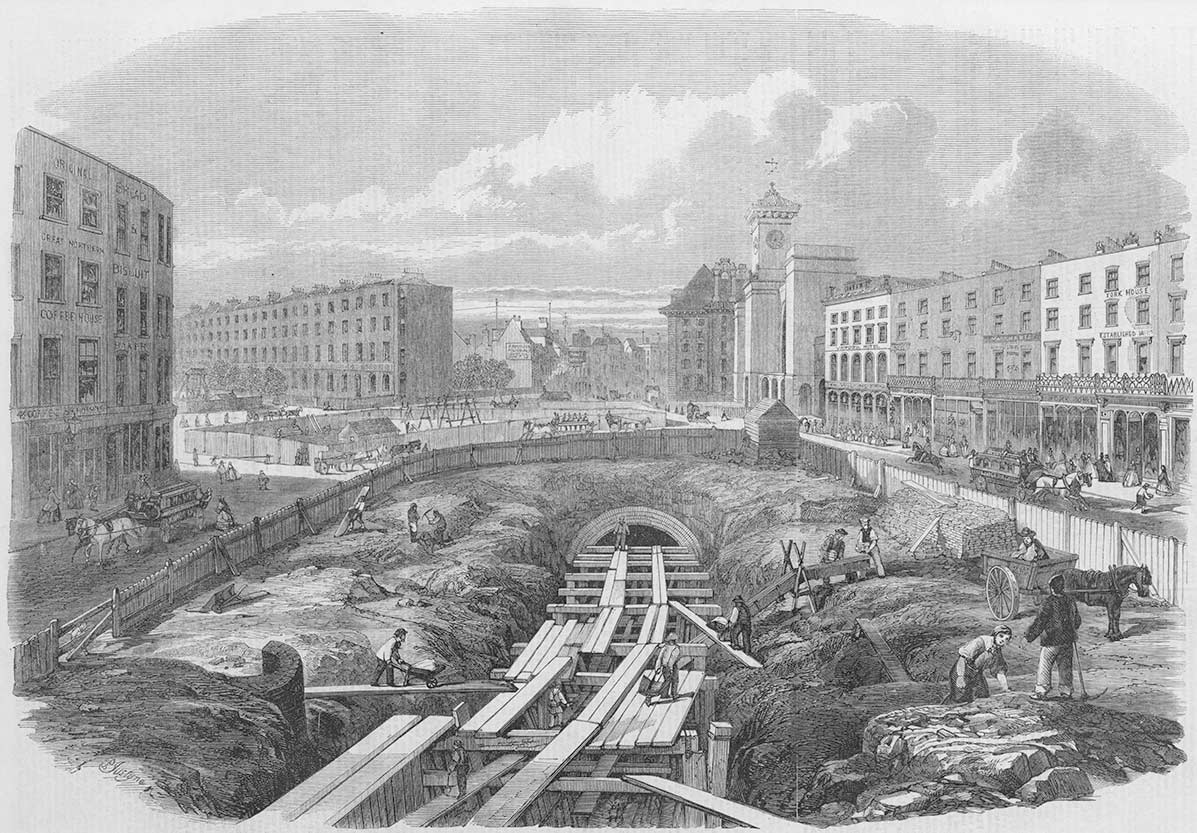
Construction on the GNP&BR began in 1902 with tunnelling mostly completed by 1904. During this time, two extensions to the line were proposed which would have involved Strand station. The first was an extension from Piccadilly Circus, under Leicester Square and Fleet Street to the City of London with a stop at Strand. The second was a continuation of the Holborn to Strand spur under the River Thames to Waterloo. Neither extension was permitted.
The majority of the GBP&BR was completed by 1906 but the spur from Holborn to Strand was delayed. Above ground, London County Council was building the Kingsway development and there was debate on where the station should be built. The site of the Royal Strand Theatre was chosen and it was closed in May 1905 to allow for demolition. Construction on Strand station began on 21 October 1905.

The building was designed by architect Leslie Green and had entrances on Strand and Surrey Street. It was envisaged that the proposed extension to Waterloo would be built and so the building was designed with this in mind. There were 3 lift shafts although only 1 was fitted with lifts. The other 2 were only constructed to basement level with what was to be a temporary shop placed on the ground floor. The shop would be removed at a later date so that lifts could be fitted into the shafts when the extension was built.

The platforms were built 28 metres (92 feet) below street level. The initial plan was to run the spur as a shuttle service from a second set of platforms at Holborn. As a result, shorter trains would be required and the decision was made to only decorate 76m (250 feet) of the platforms instead of the 110m (350 feet) of other platforms on the line.
The GNP&BR opened on 15 December 1906 although the branch line didn’t open until 30 November 1907. The service initially just used a two car train in the western tunnel shuttling between Holborn and Strand. A second train was added to the eastern tunnel at peak times. A special theatre train operated once per evening taking people from the West End theatres at Strand via King’s Cross to Finsbury Park.
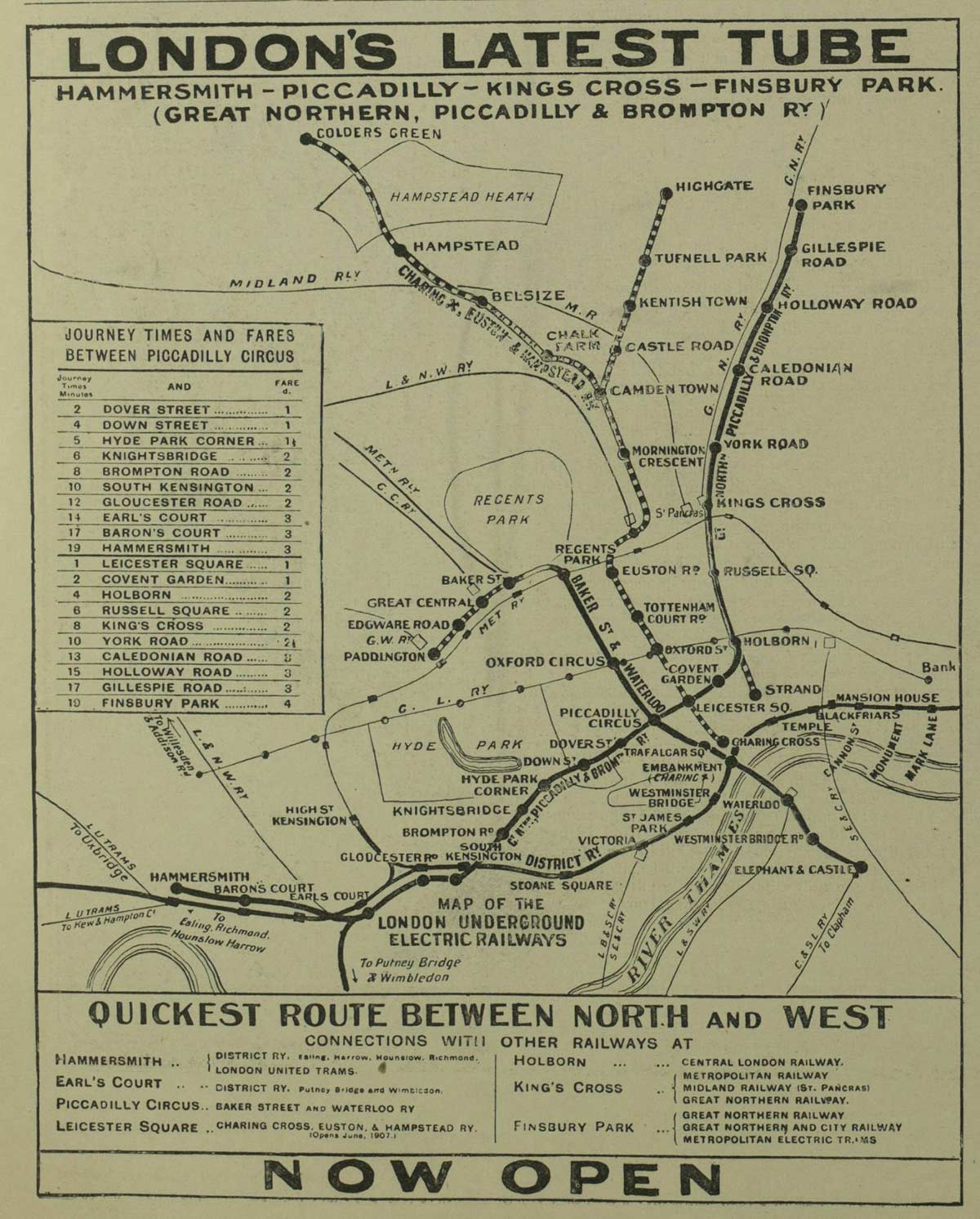
In March 1908, just a few months after opening, one of the platforms in Holborn was closed. It had been constructed as a bay platform serving only the Strand branch whereas the other was a through platform. The second peak train began crossing to this platform. The theatre train was withdrawn shortly afterwards. Continued low usage saw the withdrawal of the second train in 1914 and the eastern tunnel and platform at Strand were closed.
In 1915, some of the stations in the area were renamed and Strand became Aldwych. The Strand name was transferred to a new station on the Charing Cross, Euston & Hampstead Railway. It would later merge with Trafalgar Square station to become the present Charing Cross station.
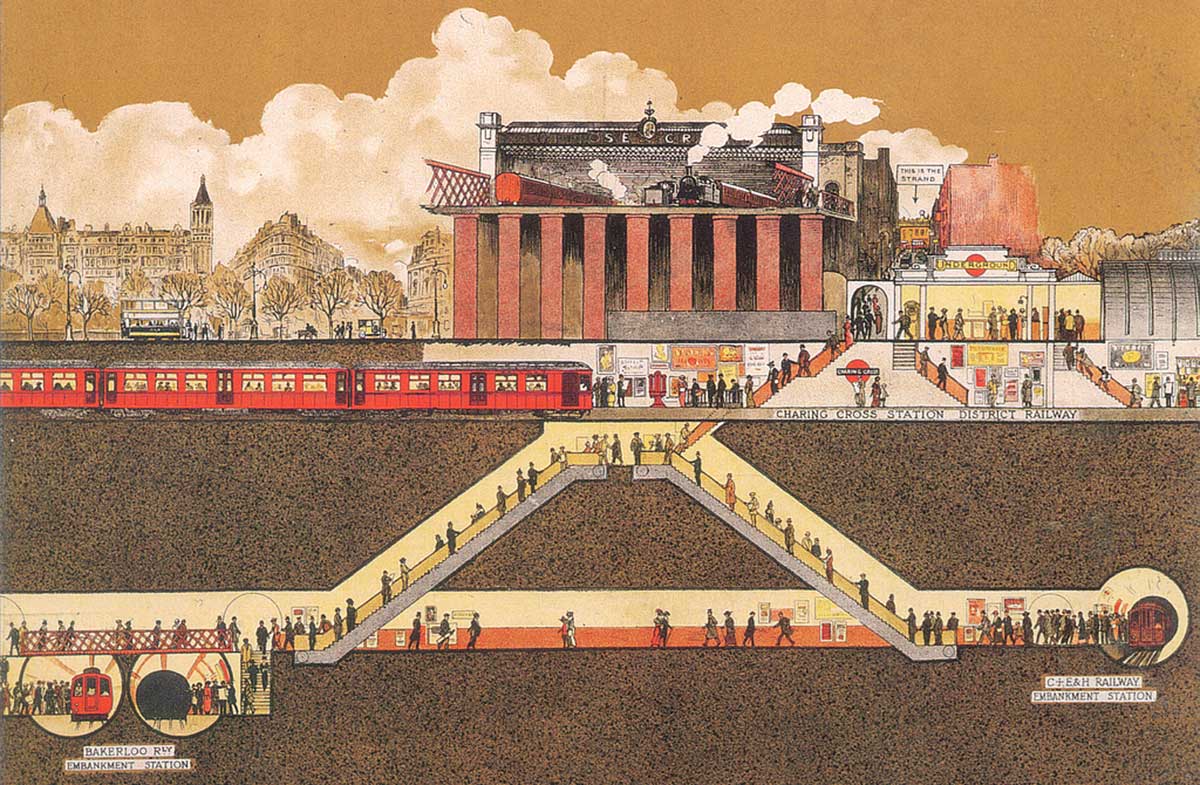
In 1917, during World War I, the Sunday service on the renamed Aldwych branch line was discontinued and the track in the closed eastern tunnel was removed. With the Germans bombing London, over 300 works of art were moved from the National Gallery to be stored at the disused platform at Aldwych.
With passenger numbers remaining low after the war, it was decided to close the ticket office and instead, a facility to buy tickets was added to the lifts. This was managed by the lift operator, thus reducing staff.
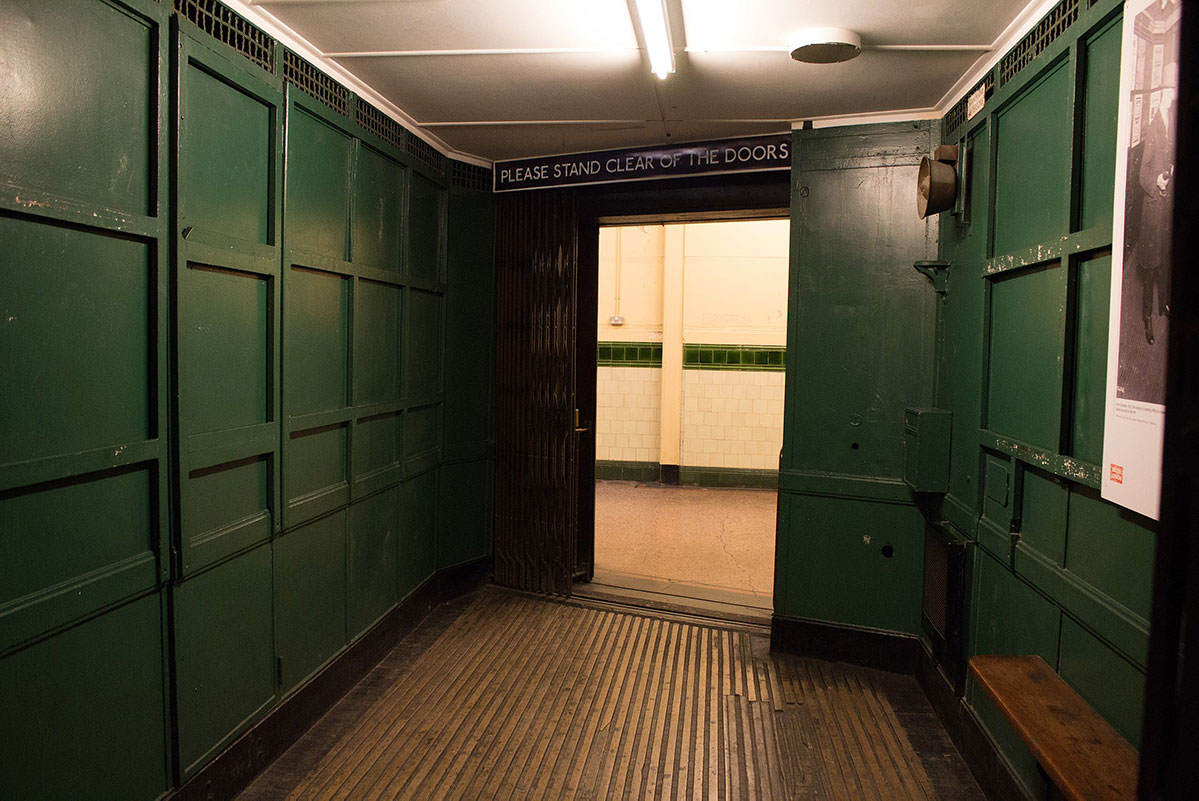
Despite questions over its viability and two attempts to close it, the Aldwych branch remained open until World War II when it was closed temporarily on 22 September 1940. It was fitted out as an air raid shelter and for storage of artefacts from the British Museum. The Elgin Marbles were transported by lorry to waiting railway wagons in Kensington before moved to Aldwych. They were followed by other artefacts and part of the British Museum library.
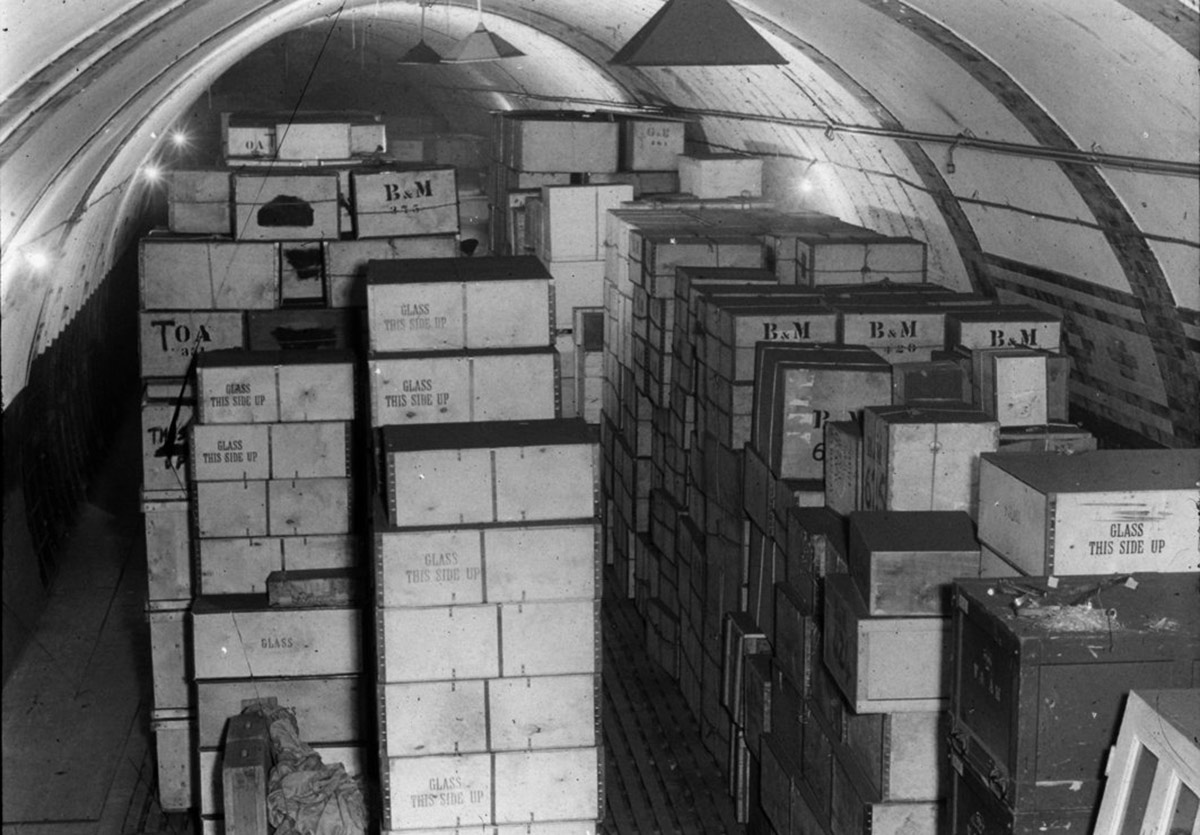
The museum artefacts would initially share the closed station with 2,500 people during the Blitz however negative publicity over the storing of the museum contents instead of making more space for people meant most of the treasures were moved to alternative storage in Yorkshire and the air raid shelter was expanded. The Elgin Marbles, however, remained behind.
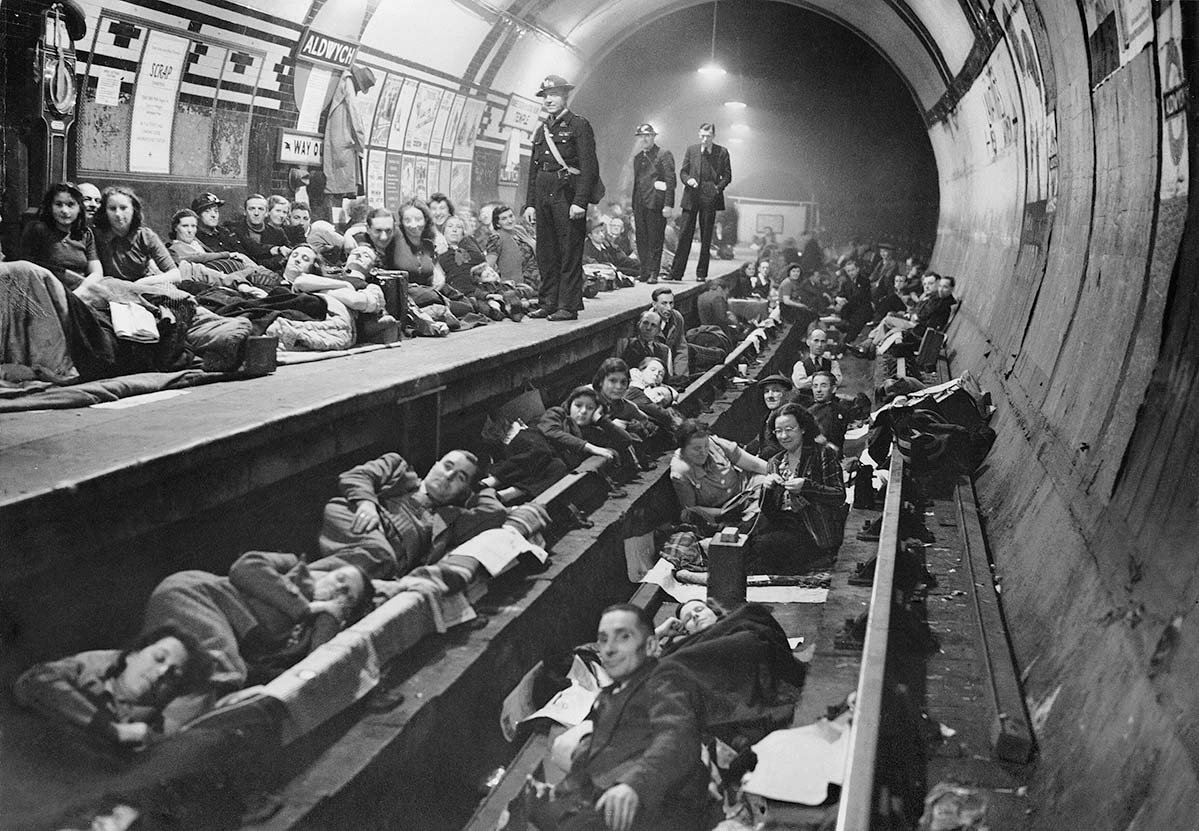
Services to Aldwych station resumed on 1 July 1946, albeit with a much curtailed service at peak hours from Monday to Friday. The Elgin Marbles remained in storage until November 1948 when they were finally retrieved. They were not put back on public display until 1962.
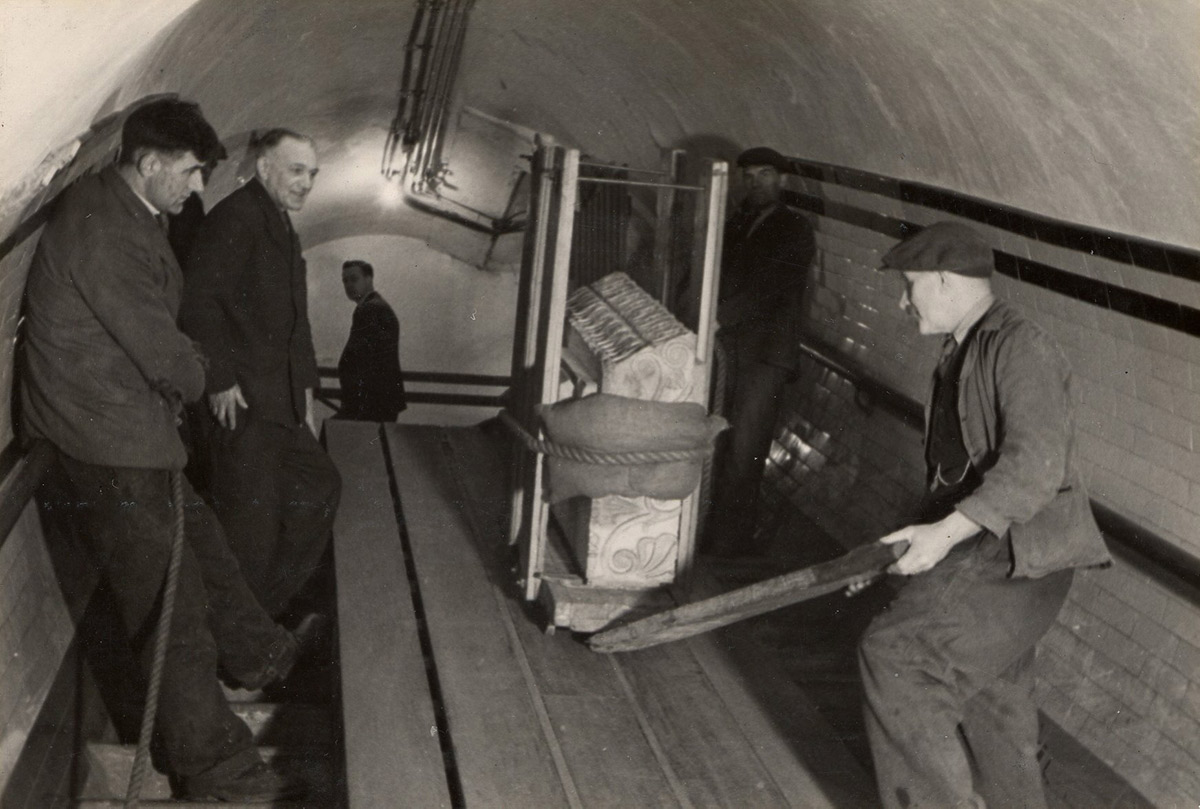
The planned extension to Waterloo was revived after the war but nothing came of it. A joint report by the British Railways Board and London Transport Board in 1965 proposed a new underground line to be called the Fleet Line which would pass through Aldwych. This would be an interchange for the extension to Waterloo which had been revived yet again and had been put into detailed planning by London Transport. This halted in 1967 due to spending cuts.
The Fleet Line was not subject to the spending cuts and construction began in 1971. It was, however, altered to be built in phases with phase one linking the Bakerloo Line at Baker Street to the new Charing Cross station, created by the merging of the station to which the name Strand had been transferred in 1915 and Trafalgar Square station. Before construction was completed, it was decided to rename the line to the Jubilee Line in honour of Queen Elizabeth II’s silver jubilee. The Jubilee Line opened on 1 May 1979.

Phase two of the Jubilee Line would have seen it extended through Aldwych and on to the City of London and beyond however as detailed planning continued, a new route was chosen which was to diverge after Green Park, bypassing Charing Cross and continuing on through Westminster, Waterloo and onwards to the London Docklands, Canary Wharf and finally Stratford.
The branch line from Holborn to Aldwych continued to operate until 1993 when London Underground Ltd announced that it would be closing. The lifts, having been in service since 1907, were in desperate need of replacement. The cost was estimated at £3 million and with only 450 people using Aldwych station daily, it was decided the spend would not be justified. The Aldwych branch of the Piccadilly Line closed on 30 September 1994.
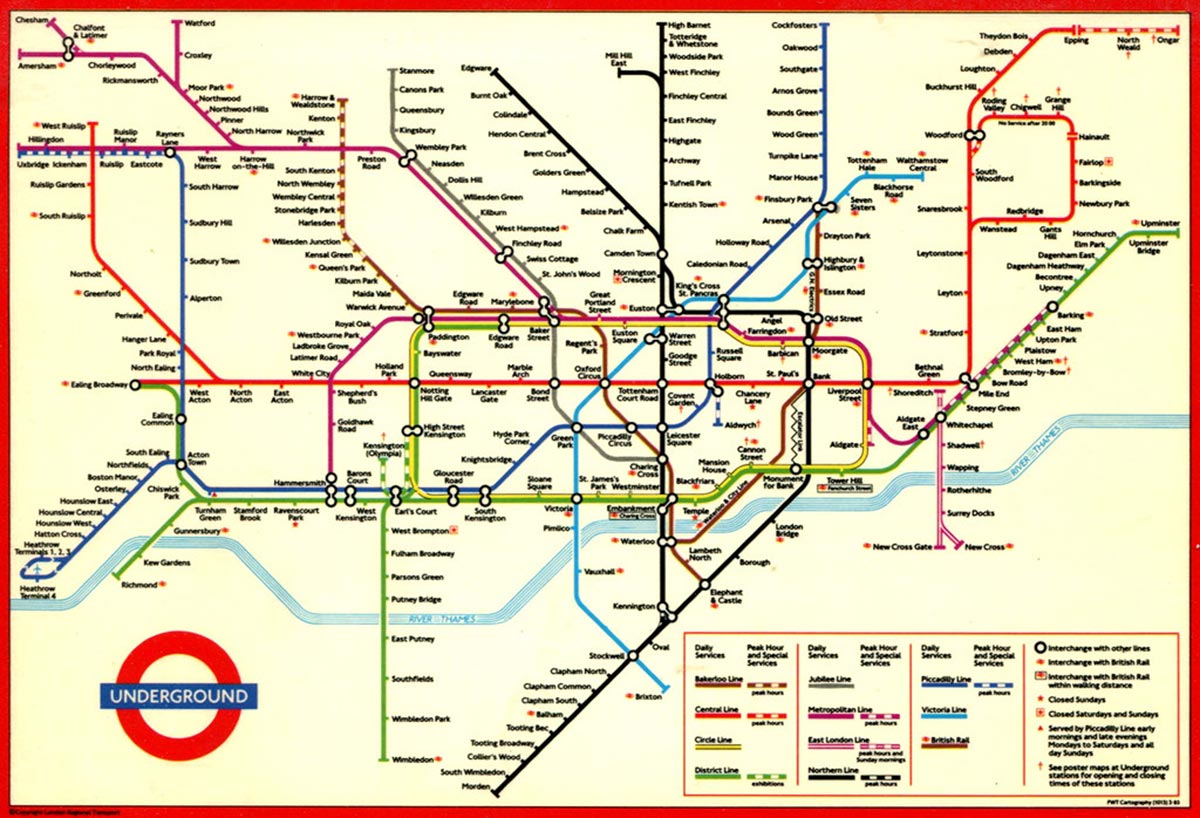
Since closing, the platform at Aldwych has been used to test various features that are to be used elsewhere on the London Underground. Lighting, paints, tiles and finishes have all been trialled at the disused station with many still visible today.
The London Transport Museum also operates Hidden London tours called Aldwych: The End of The Line. The tour takes you to much of the abandoned station including the ticket hall, the original lifts, the platforms and tunnels.
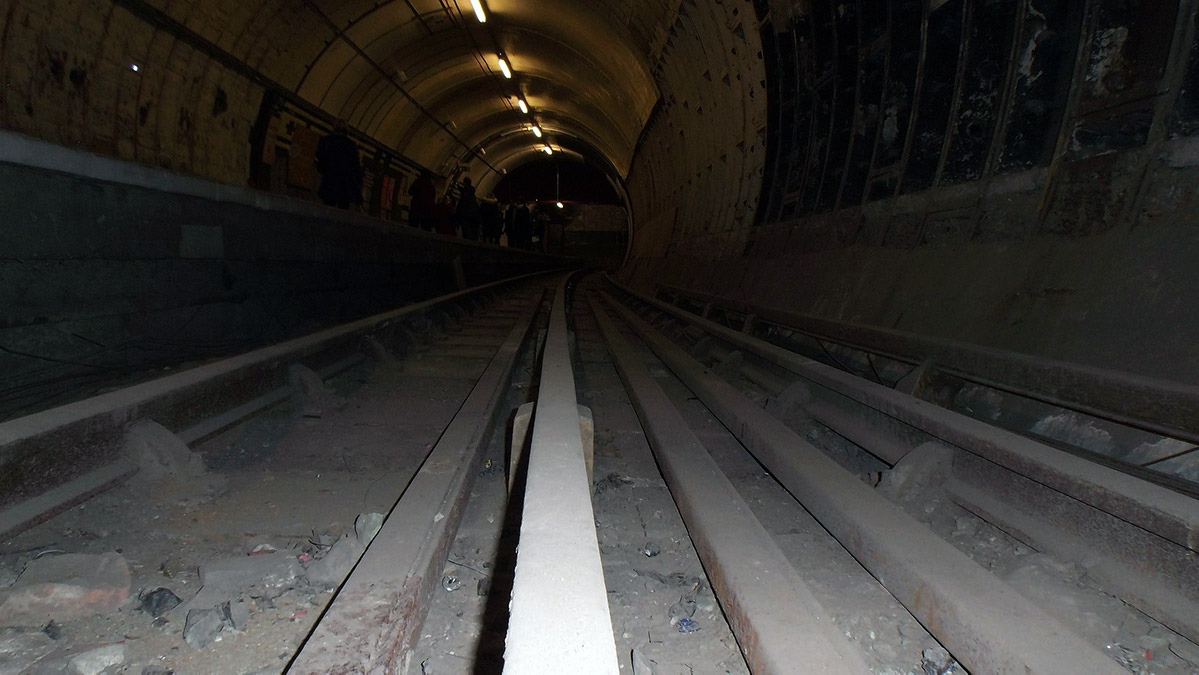
Platform 1 at Aldwych and platform 6 at Holborn were retained as they were after closing for use by TV and film production companies. A spare Northern Line train was moved to the branch to be used exclusively for filming and the track is maintained in operational condition.
Movies filmed at the closed Aldwych branch line include V For Vendetta, Fast & Furious 6, 28 Weeks Later and Darkest Hour. Sherlock, The ABC Murders and Mr Selfridge are among the TV shows shot there. It has featured as the subject of episodes of Most Haunted and Secrets of the London Underground. The Prodigy’s acclaimed Firestarter video was also shot in the disused eastern tunnel and lift shafts. It’s interesting that the station makes more money now as a filming location than it ever did as a tube station.
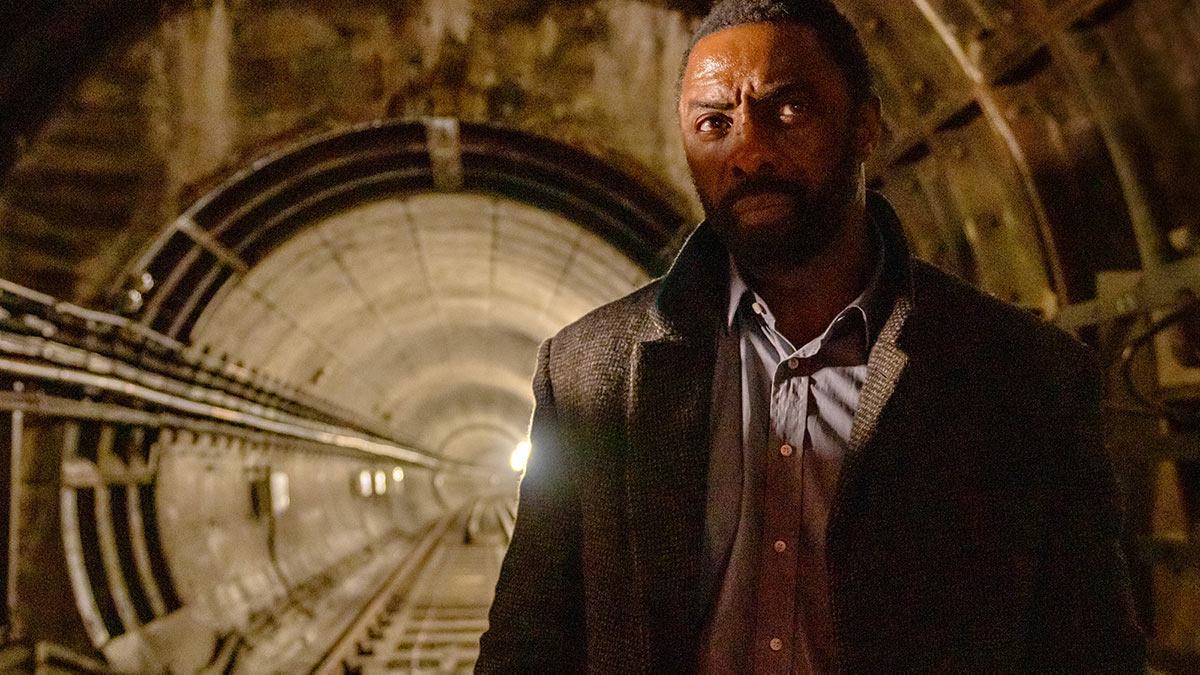
Above ground the original frontage was restored, revealing the original Strand name. The ticket office was also restored for use in filming. It was given Grade II listed building status in 2011.

Today, the Aldwych branch line continues to be the subject of London Underground extension proposals, much as it had been when there was talk of connecting to Waterloo. The latest suggestions include an underground extension of the Docklands Light Railway and revisiting the phase 2 Jubilee Line plans. For now, however, Aldwych station remains closed.


Pingback: Aldgate East and the Relocation of a London Underground Station